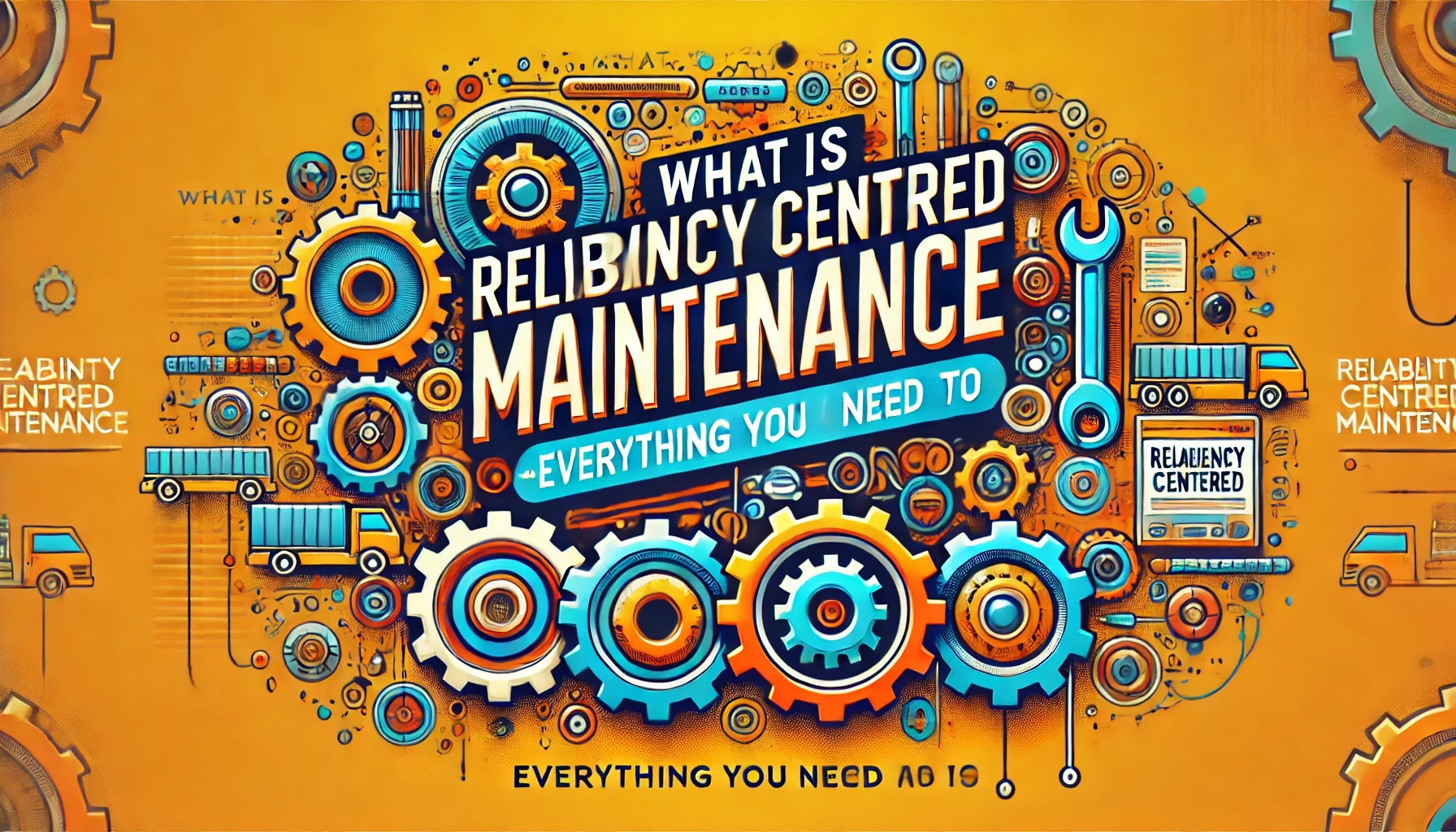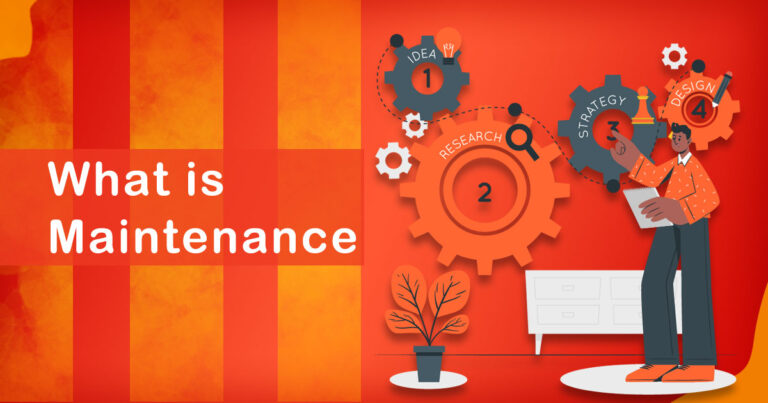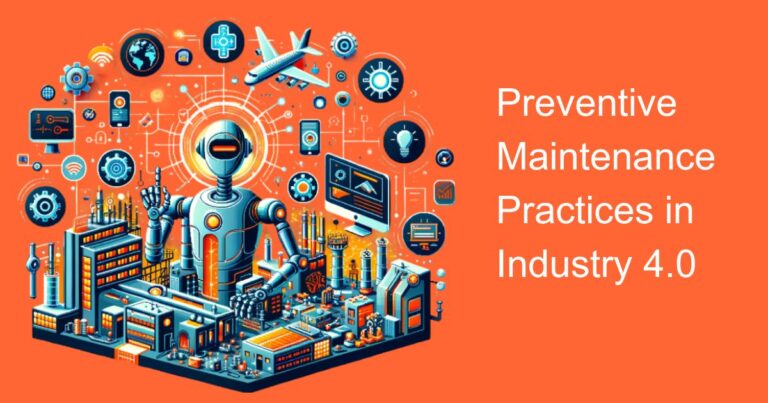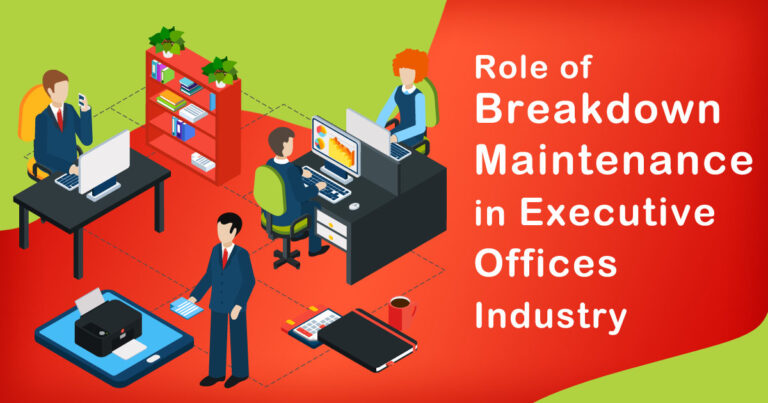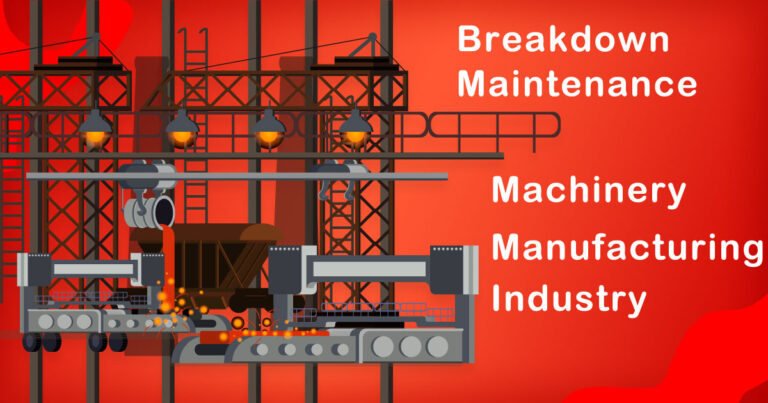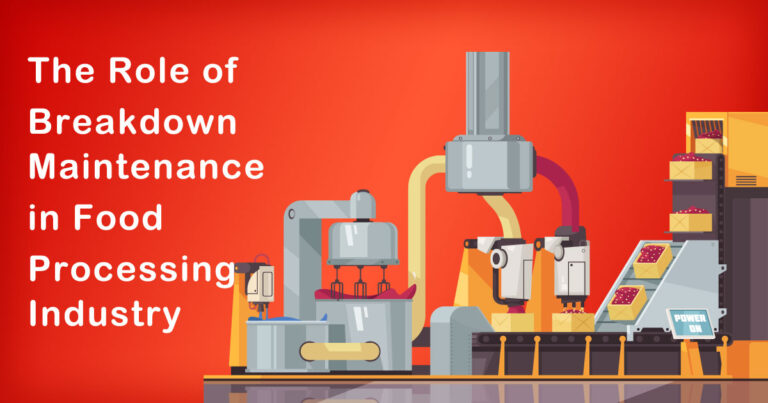Introduction
In today’s dynamic industrial landscape, ensuring the reliability and efficiency of machinery and equipment is paramount for sustainable operations. Reliability Centered Maintenance (RCM) emerges as a crucial methodology, offering a systematic approach to maintenance strategies that optimize asset performance and minimize downtime. In this editorial, we delve into the what is Reliability Centered Maintenance (RCM), its principles, and its relevance in the Indian industrial context.
Understanding Reliability Centered Maintenance (RCM)
RCM is not just a maintenance strategy; it’s a philosophy designed to maximize the operational efficiency of assets while controlling maintenance costs. Developed in the aviation industry in the 1960s, RCM gained prominence across various sectors including manufacturing, energy, and transportation. Its structured approach identifies the most effective maintenance tasks based on the criticality and operational impact of assets.
Key Principles of Reliability Centered Maintenance (RCM)
Asset Criticality Assessment:
The first step in Reliability Centered Maintenance (RCM) involves assessing the criticality of each asset. This evaluation considers factors such as safety implications, environmental impact, production losses, and regulatory compliance.
Failure Modes and Effects Analysis (FMEA):
RCM employs FMEA to systematically identify potential failure modes of assets and their consequences. This analysis helps prioritize maintenance tasks based on the severity of consequences.
Maintenance Task Selection:
Once critical assets and failure modes are identified, RCM selects appropriate maintenance strategies. These can range from reactive maintenance (fixing failures as they occur) to proactive strategies like preventive and predictive maintenance.
Performance Monitoring and Optimization:
Continuous monitoring of asset performance is integral to RCM. It ensures that maintenance strategies remain effective and adaptive to changing operational conditions.
Application of RCM in the Indian Context
India’s industrial landscape, characterized by diverse sectors such as automotive, pharmaceuticals, IT, and infrastructure, presents unique challenges and opportunities for Reliability Centered Maintenance (RCM) implementation.
Automotive Sector:
In the automotive industry, where production downtime directly impacts profitability, RCM plays a pivotal role in maintaining high equipment availability and reliability. Manufacturers like Tata Motors and Mahindra & Mahindra have adopted RCM to optimize production processes and ensure vehicle quality.
Power and Energy:
The power sector in India, crucial for sustaining economic growth, relies on RCM to enhance the reliability of power generation and transmission infrastructure. Companies like NTPC and Tata Power leverage RCM to minimize outages and maintain grid stability.
Manufacturing:
From steel plants to textile mills, RCM helps Indian manufacturing facilities uphold operational excellence by preventing unplanned downtime and reducing maintenance costs. Companies such as JSW Steel and Arvind Mills integrate RCM to streamline production operations.
Infrastructure Development:
In the realm of infrastructure, RCM is essential for maintaining critical assets such as bridges, airports, and railways. Organizations like Larsen & Toubro (L&T) and the Indian Railways utilize RCM to ensure the safety and longevity of infrastructure projects.
Benefits of Implementing Reliability Centered Maintenance (RCM)
Implementing RCM offers numerous benefits for Indian industries:
Enhanced Equipment Reliability:
By focusing maintenance efforts on critical assets, RCM improves equipment reliability and longevity.
Cost Optimization:
RCM helps in optimizing maintenance costs by reducing unnecessary tasks and focusing resources on critical maintenance activities.
Improved Safety and Compliance:
With a structured approach to maintenance, RCM enhances workplace safety and ensures compliance with regulatory standards.
Operational Efficiency:
By minimizing downtime and improving asset performance, RCM enhances overall operational efficiency and productivity.
Challenges and Considerations
While RCM promises significant advantages, its successful implementation requires overcoming certain challenges:
Data Availability:
Access to accurate data on asset performance and failure history is crucial for effective RCM implementation.
Skill Development:
Training personnel in RCM methodologies and techniques is essential to ensure successful adoption and sustainability.
Integration with Existing Systems:
Integrating RCM with existing maintenance management systems and operational processes requires careful planning and coordination.
Future Outlook
As Indian industries continue to evolve, the adoption of advanced maintenance strategies like RCM is set to grow. With advancements in predictive analytics, IoT-enabled monitoring, and AI-driven maintenance, the future of RCM promises even greater efficiency and reliability.
Conclusion
In conclusion, Reliability Centered Maintenance (RCM) stands as a cornerstone of modern industrial maintenance practices, offering a structured approach to enhance asset reliability, optimize maintenance costs, and ensure operational efficiency. In the Indian context, where industries are poised for growth and innovation, RCM emerges as a strategic imperative for sustaining competitive advantage and achieving operational excellence. By embracing RCM principles and leveraging technological advancements, Indian industries can navigate challenges, mitigate risks, and propel towards a future of enhanced reliability and sustainable growth.


